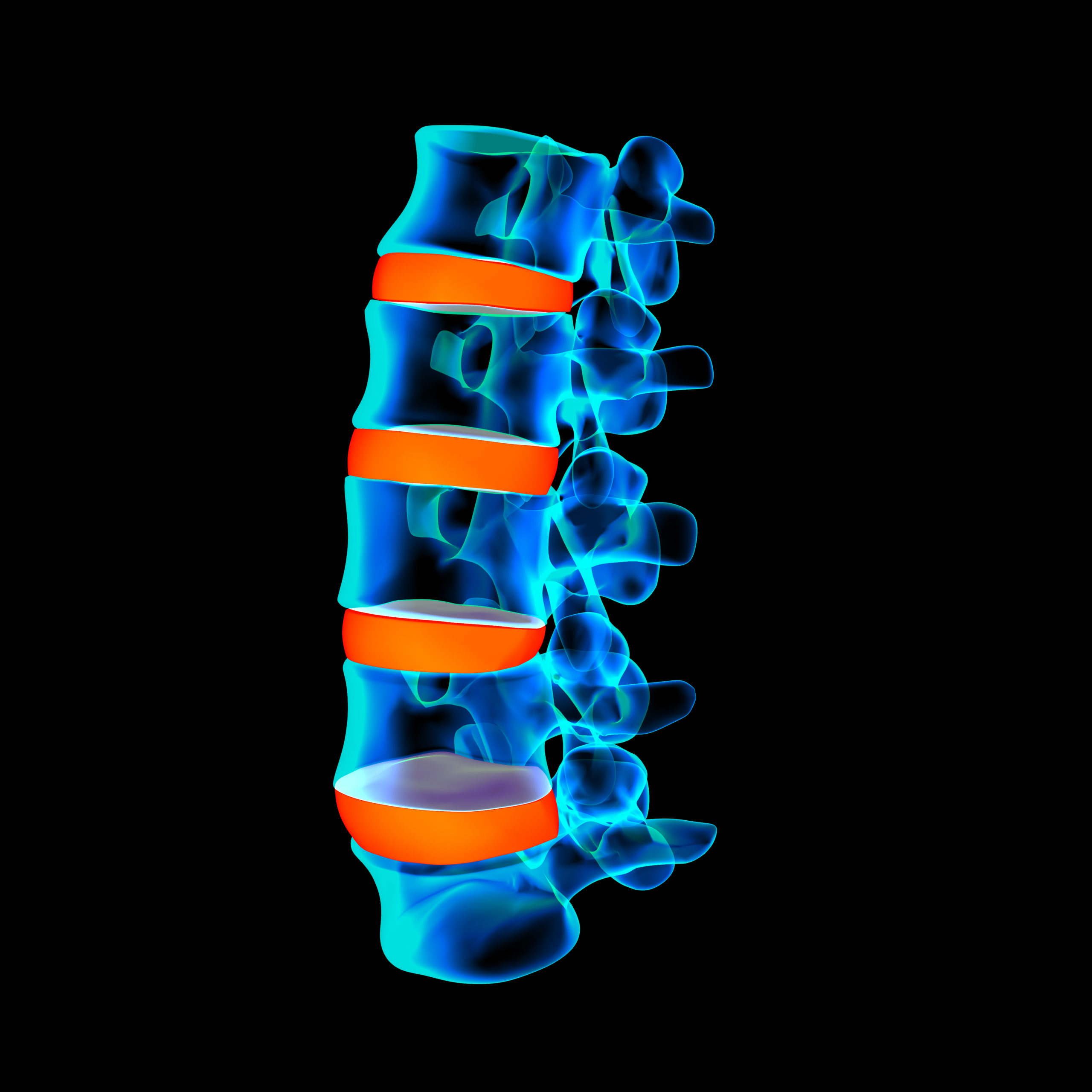Is there a finding on the physical exam that might suggest the need for a discogram ?

Is there a finding on the physical exam that might suggest the need for a discogram ?
Yes, there is, particularly with the “right” history.
Typically, I don’t think that the physical exam is very helpful when evaluating low back pain. The exam for low back pain will evaluate axial back pain in relation to a range of motions in flexion, extension and lateral bending. Unfortunately, the finding of pain in a certain range of motion doesn’t really narrow down a diagnosis very often. Pain that is provoked with a certain motion doesn’t necessarily differentiate fascial from facet, disc or sacroiliac issues. This is why I say that the physical exam is usually not very helpful when looking at low back pain as it doesn’t identify a diagnosis. Since there are so many structures that give rise to low back pain we need a better diagnostic tool.
However, there is one physical finding that is worth looking for during the physical exam and it has nothing to do with motion- pain with pressure on the spinous processes or interlaminar space. This finding, in conjunction with the “right” history should convince you to do a discogram to look for an annular tear.
What is the “right” history? The right history is one that describes chronic low back pain that has been present for at least six months, although the duration is usually much longer. Most of the time there will be a history of injury or minor trauma that started the back pain. The pain is described as “deep in the midline” of the low back and possibly felt radiating to the “tailbone”. Sitting for any length of time is usually the most uncomfortable position, particularly in a car. This pain can come-and-go for no particular reason and is usually aggravated by physical therapy. Sometimes the pain is accompanied by a sense of “my back giving away or locking up” that requires a few days of inactivity to resolve. The pain can “come and go” for years.
If you receive the history mentioned above, you need to check for this “pain with pressure” during the physical exam. When the patient is examined in the prone position, the deep midline pain can be elicited by pushing directly on one of the spinous processes or skin between the spinous processes (interlaminar space). Firm pressure will recreate the deep midline back pain. If this pain is present, it will be fairly specific and limited to one or two levels. Recreation of the deep midline pain back pain strongly suggests an annular tear.
The MRI will most likely be fairly benign in appearance with findings that the radiologist may not even mention such as a bulge or darkening of the disc. This is one of the reasons that you must personally examine the MRI films and not just read the report. You may see some narrowing of the disc spaces of the lumbar spine and darkening of the disc spaces on the T2 slices that suggest some dehydration, but the MRI finding that correlates best with an annular tear is a disc bulge.
Yes, you are correct, bulges are commonly seen on the MRI. However, it is the MRI finding of a bulge taken in context with the “right” history and a positive physical exam in the prone position that warrants further investigation. A provocative discogram will likely reveal the annular tear(s) that has been the cause of the chronic low back pain.
Making the correct diagnosis is everything to develop the correct treatment plan.
Onward and Upward
